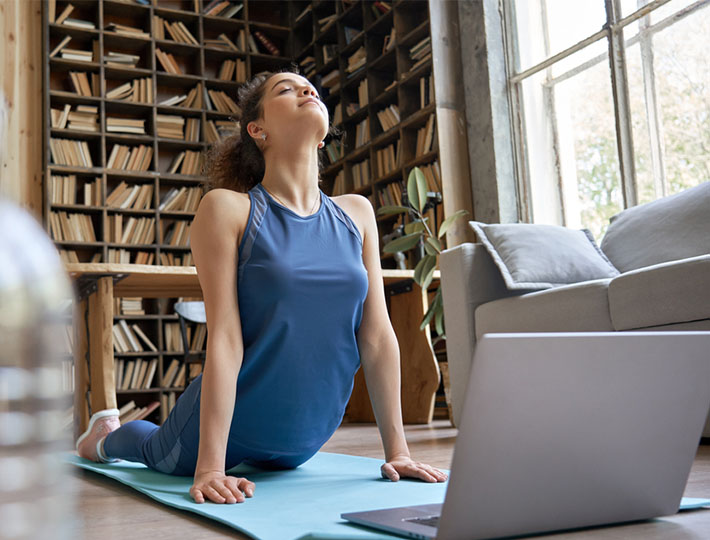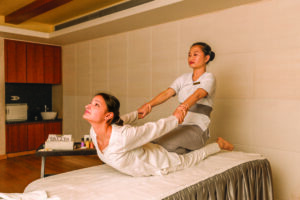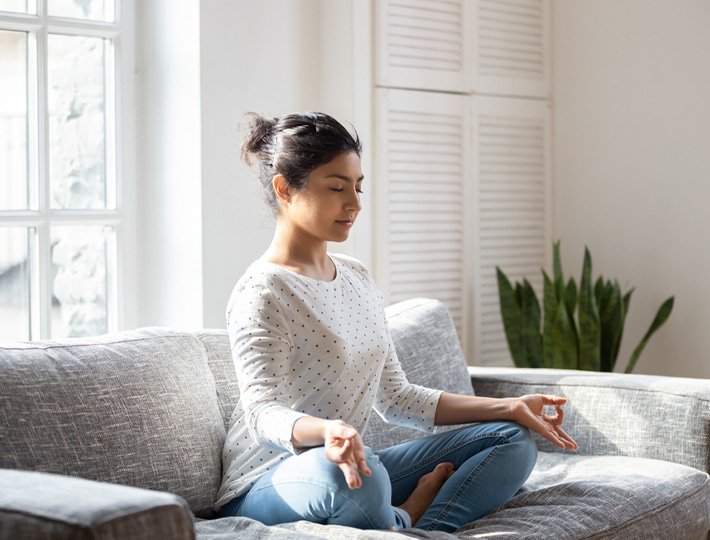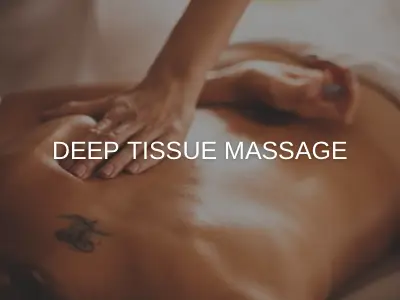In today’s fast-paced world, many of us find ourselves spending the majority of our day glued to our office chairs. Whether we’re working long hours at a desk job or attending endless meetings, the sedentary nature of modern work environments can take a toll on our bodies and minds. From stiff muscles to increased stress levels, the effects of prolonged sitting are well-documented and concerning. However, there are effective strategies to combat these dangers and promote a healthier, more active lifestyle.
Understanding the Perils of Sedentary Work Environments
Before we dive into solutions, it’s essential to grasp the perils of sedentary work environments. Prolonged sitting has been associated with a myriad of health issues, ranging from physical discomfort to serious medical conditions. According to Western School of Kinesiology research, people who have sedentary behaviour up to 80% of the day increased risks of obesity, cardiovascular disease, diabetes, and certain types of cancer. Additionally, sitting for long hours causes poor posture, muscle stiffness, and decreased flexibility, contributing to discomfort and pain in the neck, shoulders, and back.
Moreover, the negative effects of sedentary work environments extend beyond physical health. Mental health can also be impacted, with studies showing a correlation between sedentary behaviour and increased levels of stress, anxiety, and depression.
In light of these findings, individuals and organizations alike need to recognize the dangers of sedentary work environments and take proactive steps to mitigate them. Implementing strategies to promote movement and activity throughout the workday can help minimize the dangers of sitting long hours and support a healthier, more vibrant workforce.
Tips for Creating a More Active Work Environment

One of the most effective ways to combat the dangers of sitting is by incorporating more movement into your daily routine. You should include the following activities in your everyday routine:
- Regular Exercise Sessions: Make it a priority to schedule regular exercise sessions into your daily routine. Whether it’s a morning jog, a lunchtime yoga class, or an evening gym session, carving out dedicated time for physical activity ensures that you constantly move your body and counteract the effects of prolonged sitting.
- Active Commuting: Consider incorporating active commuting options into your daily routine, such as walking or biking to work. This encourages environmental sustainability and lowers carbon emissions in addition to offering a chance for exercise.
- Desk Exercises: Integrate simple desk exercises into your workday to keep your body engaged and prevent stiffness. Try calf raises, desk push-ups, or seated leg lifts to sneak in some activity even while sitting at your desk.
- Movement Breaks: Take regular movement breaks throughout the day to stretch and refresh your body. Set alarms or use reminder apps to prompt you to stand up, stretch, or take a short walk around the office every hour.
- Active Leisure Time: Use your leisure time to engage in active pursuits such as hiking, swimming, or playing sports. Instead of sedentary lifestyle activities like watching TV or scrolling through social media, opt for activities that get you moving and energized.
- Mindful Breaks for Refreshment: Besides physical activity, it’s essential to give your mind a break from work demands. Short, mindful breaks can reduce stress, boost focus, and enhance well-being. Practice deep breathing, meditation, or mindfulness. Step outside for fresh air, close your eyes or listen to calming music. These moments improve mental clarity and productivity.
Pro Tip: Set a timer to remind yourself to get up and move every hour, even if it’s just for a few minutes. To engage your muscles while working, think about utilising a standing desk or a chair with stability balls. Additionally, try to find opportunities to take the stairs instead of the elevator and walk or bike to work if possible
Tattva Stretches to Combat the Sedentary Lifestyle

Tattva stretches offer targeted exercises to alleviate the stiffness and discomfort caused by prolonged sitting. By focusing on both the upper and lower body, these stretches can improve flexibility, reduce muscle tension, and promote better posture.
Upper Body: Melt away the stiffness around the neck, shoulders, and upper back area with simple stretches and movements. Incorporate shoulder rolls, neck stretches, and chest openers to release tension and improve mobility.
Lower Body: Support muscle recovery for the lower back, glutes, and legs with targeted stretches and exercises. Try hip flexor stretches, hamstring stretches, and calf raises to alleviate tightness and improve range of motion.
Incorporating Tattva stretches into your routine can be a transformative solution to combat the sedentary lifestyle and the detrimental effects of prolonged sitting, offering a holistic approach to improving flexibility, reducing muscle tension, and promoting better posture for overall well-being.
Exploring Relaxation Techniques for Stress Reduction

Chronic stress is a common byproduct of sedentary work environments, but it can have serious consequences for both physical and mental health. Incorporating relaxation techniques into your daily routine can help mitigate stress and promote a sense of calm and balance.
- Yoga and Meditation: Engage in regular yoga sessions or meditation practices to calm the mind and release tension from the body. These ancient practices focus on breath control, mindfulness, and gentle movements to promote relaxation and reduce stress levels.
- Progressive Muscle Relaxation (PMR): Incorporate PMR techniques into your daily routine to systematically relax different muscle groups in the body. By tensing and then releasing muscle tension, you can promote physical relaxation and alleviate the physiological symptoms of stress.
- Breathing Exercises: Practice deep breathing exercises, such as diaphragmatic breathing or alternate nostril breathing, to activate the body’s relaxation response. Focusing on slow, deep breaths can help reduce heart rate, lower blood pressure, and induce a state of calmness and relaxation.
- Guided Imagery and Visualization: Utilize guided imagery and visualization techniques to create mental images that evoke feelings of peace, serenity, and well-being. Whether imagining yourself in a tranquil natural setting or picturing a serene scene, visualization can help distract from stressors and promote relaxation.
Incorporating these relaxation techniques into your daily routine can serve as a powerful antidote to the stressors of sedentary work environments, fostering a greater sense of tranquility and well-being amidst the demands of modern life.
Making Time for Self-Care: The Role of Tattva Wellness Spa in Counteracting Sedentary Effects
Finally, don’t underestimate the importance of self-care in combating the harmful effects of sitting at work. Treat yourself to regular visits to a Tattva Wellness Spa, where you can indulge in massages, facials, and other rejuvenating treatments. These experiences provide physical relief and promote relaxation and stress reduction. Additionally, prioritize activities outside of work that brings you joy and fulfillment, whether it’s spending time with loved ones, pursuing hobbies, or simply enjoying nature.
In conclusion, while the dangers of sitting at work are undeniable, there are plenty of strategies to combat them and promote a healthier, more active lifestyle. By incorporating movement into your daily routine, taking mindful breaks, practising targeted stretches, and prioritizing self-care, you can mitigate the negative effects of sedentary work environments and thrive both physically and mentally.












Leave a Reply